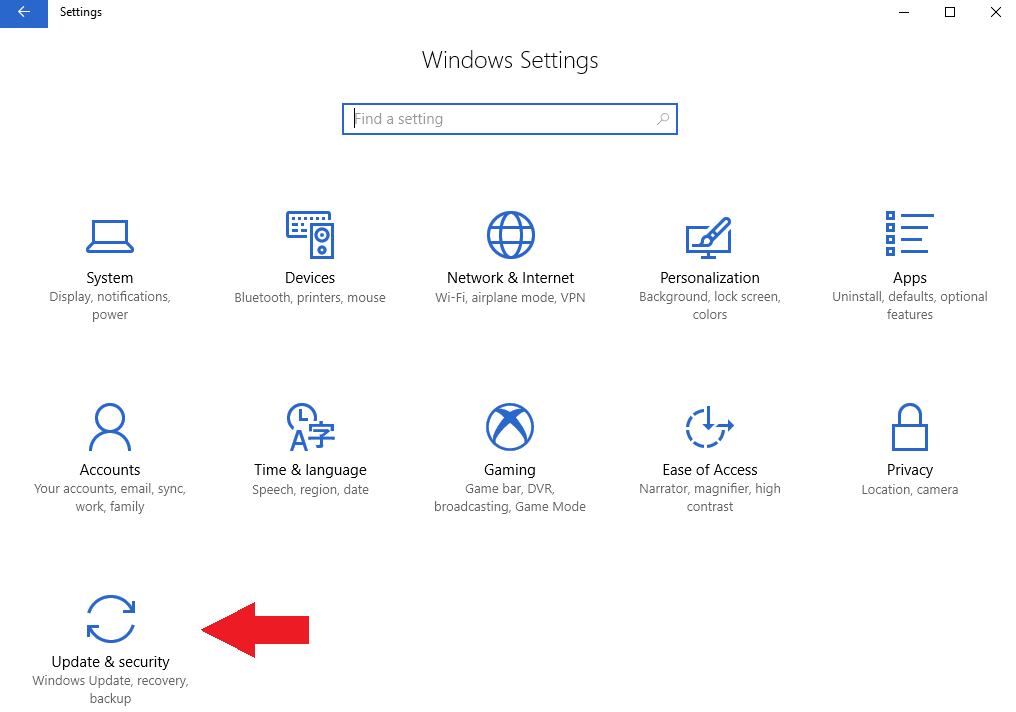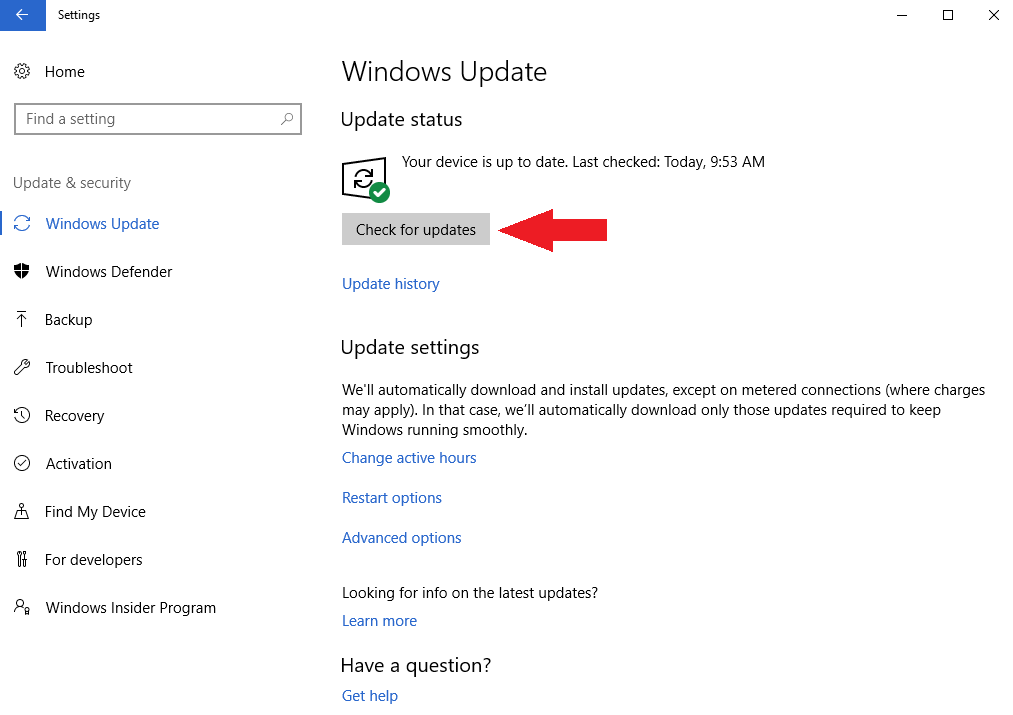Does Your OS Need To Be Updated?
We say this all the time — is your Windows operating system updated? Yet, many PC users either don’t know why it’s important or how to check for updates. Let’s start with the first. Windows updates are issued for two reasons 1) to patch known security issues, and 2) to deliver performance and feature enhancements. Many times there is a misconception the updates are only for the second purpose, which deters users from installing the latest version.
Users should be keeping their systems updated with the latest Windows version for security purposes. If you’re running an outdated or legacy version (a version of Windows that is no longer supported by Windows), you’re leaving known security holes open on your device.
Confirming You’re Updated – Instructions for Windows 10
To confirm the Windows operating system is updated on your PC, you will want to access your settings. You can do so by clicking the Start menu and clicking on the gear icon, or you can type “Settings” into the search bar by the Start menu. Once you access your settings, you should see the screen below. From here, you will want to click on “Updates and Security”.

From there you will want to click on “Check for Updates” near the top of the screen, as seen here:

Once you click on “Check for updates”, the system will search for all applicable updates. If any are needed, they will update automatically. It would also be best practice to restart your computer after this process has completed.
Other Windows Operating Systems
Although screenshots are not available, here are step by step instructions to check for updates available for Windows 8 operating systems.
Windows 8
- Access Settings
- Click Change PC Settings
- Click on Update and Recovery
- From there, click Windows Update
- Click the Check Now option
- Upon completion, if any updates are found you can click View Details
- Click on the updates you would like to install
**PC Matic suggests users install updates to patch all vulnerabilities.
Windows Vista, XP and 7 are all legacy operating systems, meaning they are no longer supported by Microsoft. Therefore, system updates are no longer available for these systems; however, users do have the option to upgrade to Windows 10. To learn more about upgrading to Windows 10, click here.




